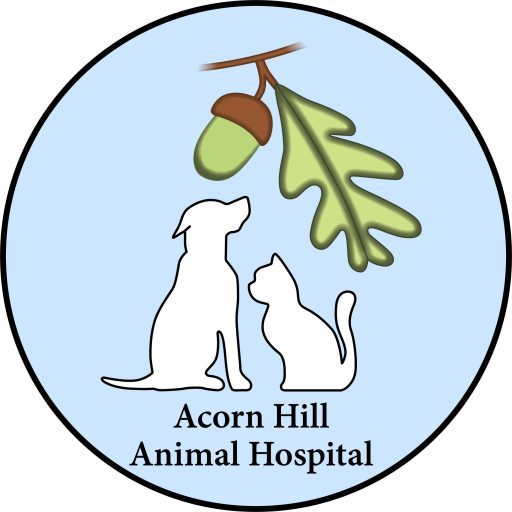Dog & Cat Dental Care
What is the biggest question about a dog or cat dental cleaning?
Doc, why is it so expensive? My own dentist doesn’t charge that much for a dental cleaning!
I contest that your veterinarians (and hopefully that’s Clint Powell, DVM or Stephanie Horstmann, DVM) charge a mere fraction when compared to the equivalent medical care AND dental treatment performed by your physician and your dentist.
- We perform a nose to toe physical. When’s that last time a physician or dentist did that?
- We draw bloodwork, submit it to the laboratory for analysis, and report results to you within 1-2 business days. You don’t have to take your pet to another facility and wait in another line for the blood draw to be completed. You don’t even have to file paperwork with the lab or insurance. Oh and finally, when’s the last time you received lab results in 1-2 days?
- We can administer a long-acting antibiotic injection – so you have no pills or liquid to give (ahem… “forget” to give). Or we can dispense the antibiotics with you at the same visit – no line to stand in at the pharmacy.
- On the day of the procedure, we perform a sterile prep and place an IV catheter. And yes, it general requires at least 2 technicians to perform this (most pets don’t appreciate holding still for that).
- We will administer a combination of anesthetic medications to ensure a safe and balanced anesthesia protocol.
- We will then intubate with an endotracheal tube to administer the proper flow of oxygen and the proper percentage of anesthetic gas. This further serves to protect the airway from any sort of gastric reflux or oral contaminants (and many dog and cat mouths are quite icky!).
- Then we connect all of our advanced anesthetic monitoring devices. And set up our equipment for veterinary patient warming support.
- Now, we are finally ready to obtain full mouth digital dental radiographs. Depending on the size and conformation of the veterinary patient, this takes around 20 minutes of veterinary technician time and of course continued anesthetic time. As a note, 20 minutes is the time it takes for a well-trained team of veterinary staff to obtain these dental x-rays – we will discuss the differences in human and veterinary dental anatomy in future posts.
- It has taken 9 medical steps to actually start the dental cleaning. This is the time we break off the heavy calculus; then perform hand-scaling of the remaining gross (easily visible) debris on the teeth; then perform ultrasonic cleaning. Then we polish. And in dogs, we apply fluoride at this stage. If anyone is still reading, we can discuss the intricacy of the dental cleanings in a future post.
- Surgical extractions. Local nerve blocks. Epulis removals. Oronasal fistula repairs. If any of these are necessary, these are done in conjunction with step 9.
- Only now can we turn off the anesthetic gas and begin the process of recovery from anesthesia.
- We will call you once your pet has recovered from anesthesia. Then, we will administer appropriate postop pain medications; prepare any other appropriate medications to dispense; and prepare postop instructions & dental handouts.
Is Veterinary Dental Treatment Affordable? You be the judge…
Check back for our next pet dental topics…


